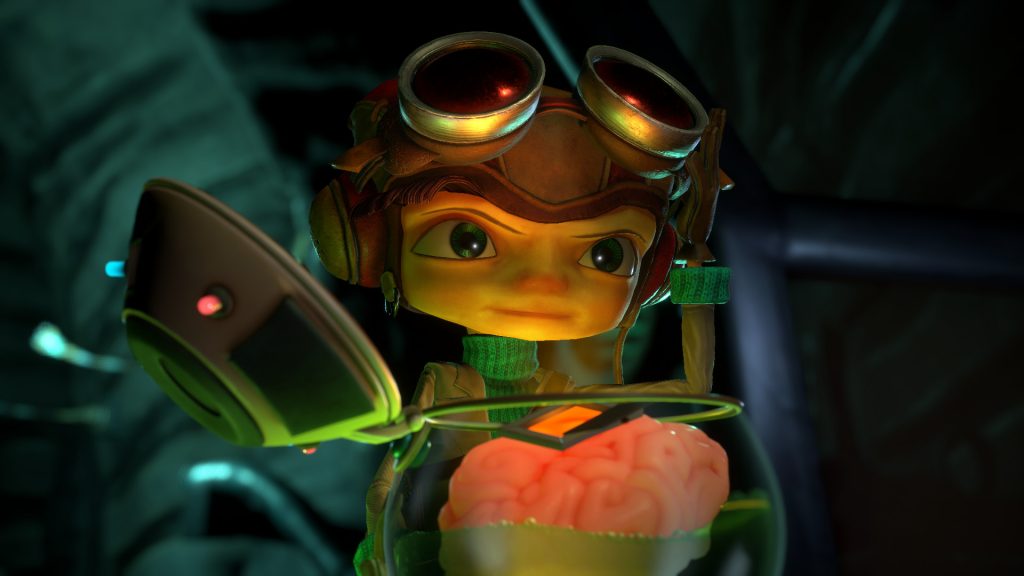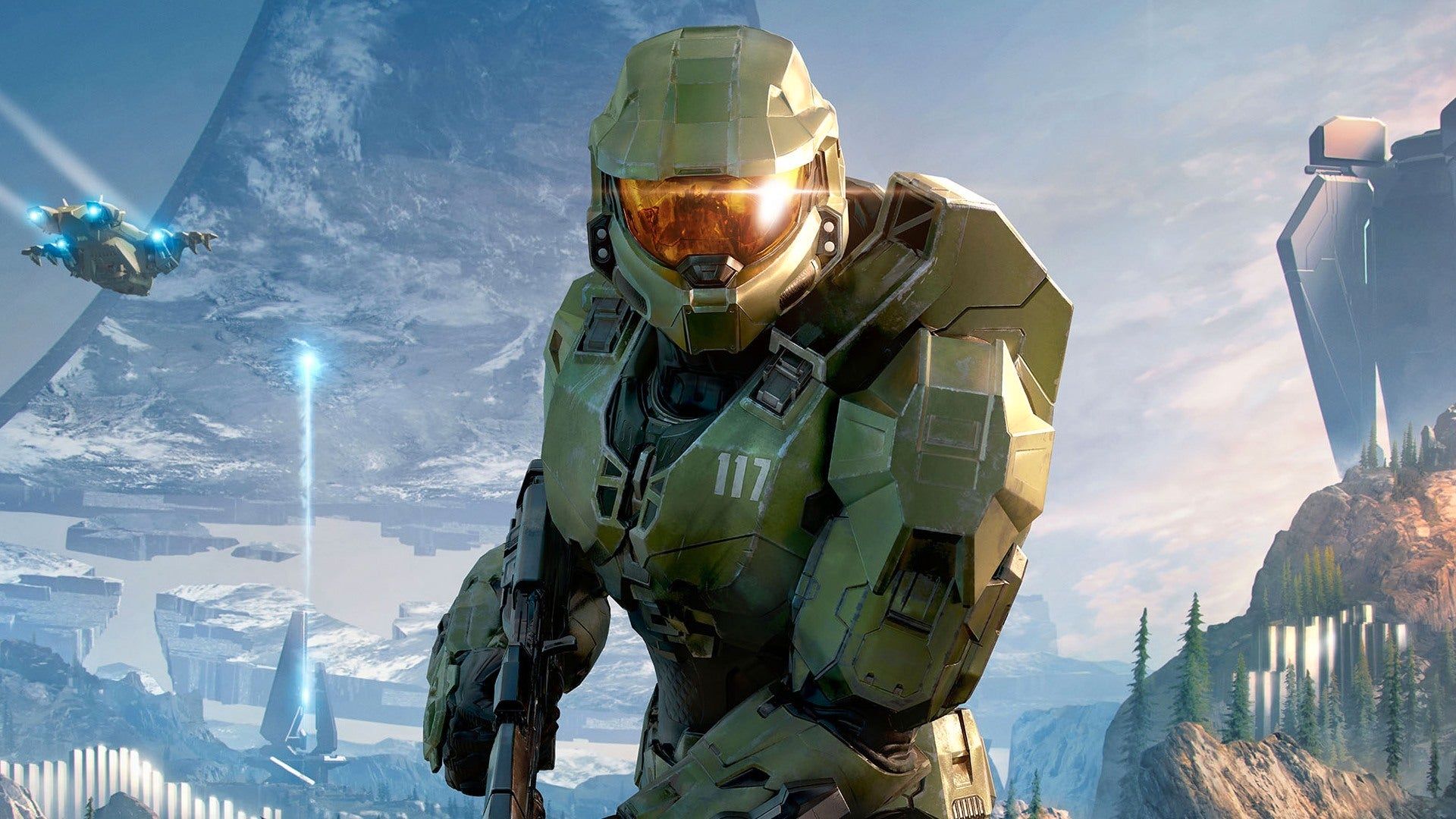
There’s a viral tweet doing the rounds at the moment where someone shoots some fruit in the Halo Infinite technical preview. Upon contact with the space bullets, the Earth fruit vanishes from the world. Next, another clip plays, this time of someone shooting fruit in one of the Call of Duty games – I find it hard to tell military shooters apart these days, but I think it’s 2019’s Modern Warfare. The pineapples split apart in chunks when they come into contact with the bullets. Wow.
The thing is, there’s only one game in the entire world where it actually matters if fruit gets destroyed in a satisfying way, and that game is called Fruit Ninja. It’s a game about chopping up fruit and not shooting Spartans.
Related: Krispy Kreme Advert Claims Halo Infinite Is Launching In November
Game developers do not have an infinite budget. Getting a video game into a shippable state is about prioritising the things that matter. In a Halo game, the things that matter are the guns, the movement, the character models, the maps, the audio, the AI bot behaviour, and the netcode – especially in a technical preview. The game is not finished, and the developer certainly isn’t done polishing. I’m not saying the fruit will explode “realistically” when the game comes out, either. Destructible fruit is probably just below adding a pettable dog in the priority list, since the latter will at least get them some easy marketing. Then again, destructible fruit has just gone viral, so who knows – maybe fruit is the new ‘can you pet the dog?’
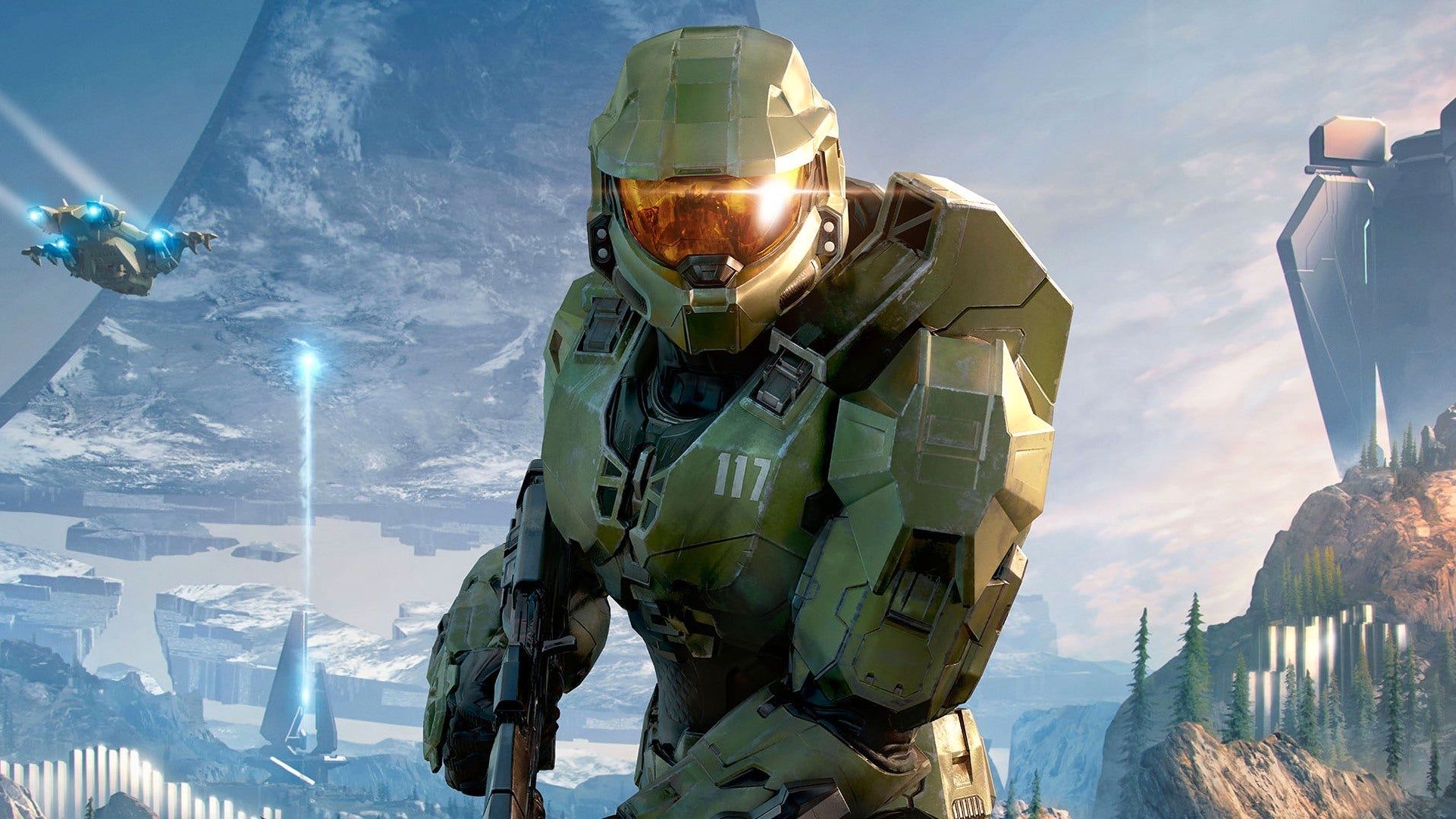
“By the looks of it, the fruit in Halo is one single object – so a box of melons is one game object, rather than a bunch of individual melon objects,” Rebellion lead programmer Rich D May explains. “When they take damage, they take damage and ‘die’ as one. This could be for any number of reasons, but usually the fewer objects in the world the lower the overhead in terms of performance – fewer objects equals better frame rate. You could do something clever like have the object split into sub objects when part of it is destroyed – the destructible scenery on NeverDead worked this way – but it all boils down to time and priorities in the end. Does it benefit the game as a whole and how much does it cost in terms of implementation time and frame rate at runtime?”
In a multiplayer shooter, frame rate is king. You can have the best-looking game in the world, but if it doesn’t run at a stable 60fps, it will feel sluggish next to the competition. It’s especially important with a series like Halo, which is established in the esports scene. Professional Halo players probably don’t care much about destructible melons.
There’s also Halo’s arsenal to consider. Sure, you can make fruit break off into chunks when a bullet hits it, but how does that same fruit react when a Needler pierces it? What about when someone whacks it with an Energy Sword or a massive hammer? “It's the sort of thing that would almost certainly result in bugs from oversights like that,” May explains. “How important those bugs are and whether you'd actually bother to fix them would depend again on time and priorities.”
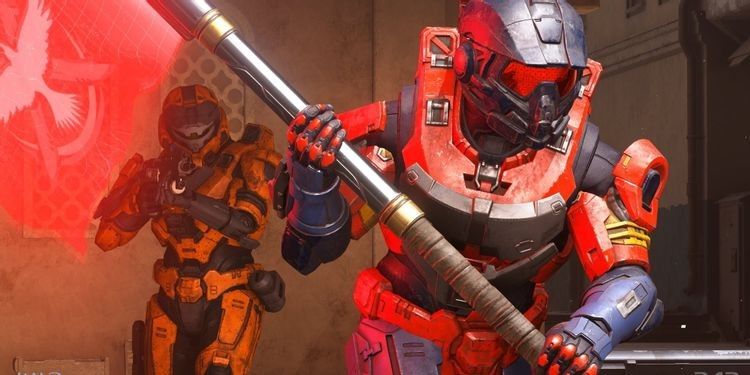
Of course, it’s easy to laugh at a bad tweet about video games when you have some inside knowledge of game creation. But from a gamer’s perspective, they’re seeing worlds becoming increasingly more beautiful on the surface and less interactive as the industry supposedly matures. Games like Red Faction promised a future that never materialised. So why is it that we’ve seen few advances when it comes to world reactivity in a large portion of games?
“Sometimes new technologies come along that mean something that was acceptable previously isn't any longer – lighting is a big one there,” May says. “Dynamic, destructible scenery requires the lighting to change too, and many games have used baked shadows and the like to give the fidelity that's needed. Fully dynamic lighting hasn't been able to provide that in the past. It's always changing, especially with ray-tracing, but that's part of it. Performance cost is a big one too. Having a million objects rolling around the world rather than a single, static object that represents a bunch of things is going to cost more. If you have a lot of dynamic stuff, there's always a chance for the player to create situations where the frame rate tanks. You end up having to do a bunch of work to handle that – culling stuff that's not important, etc.
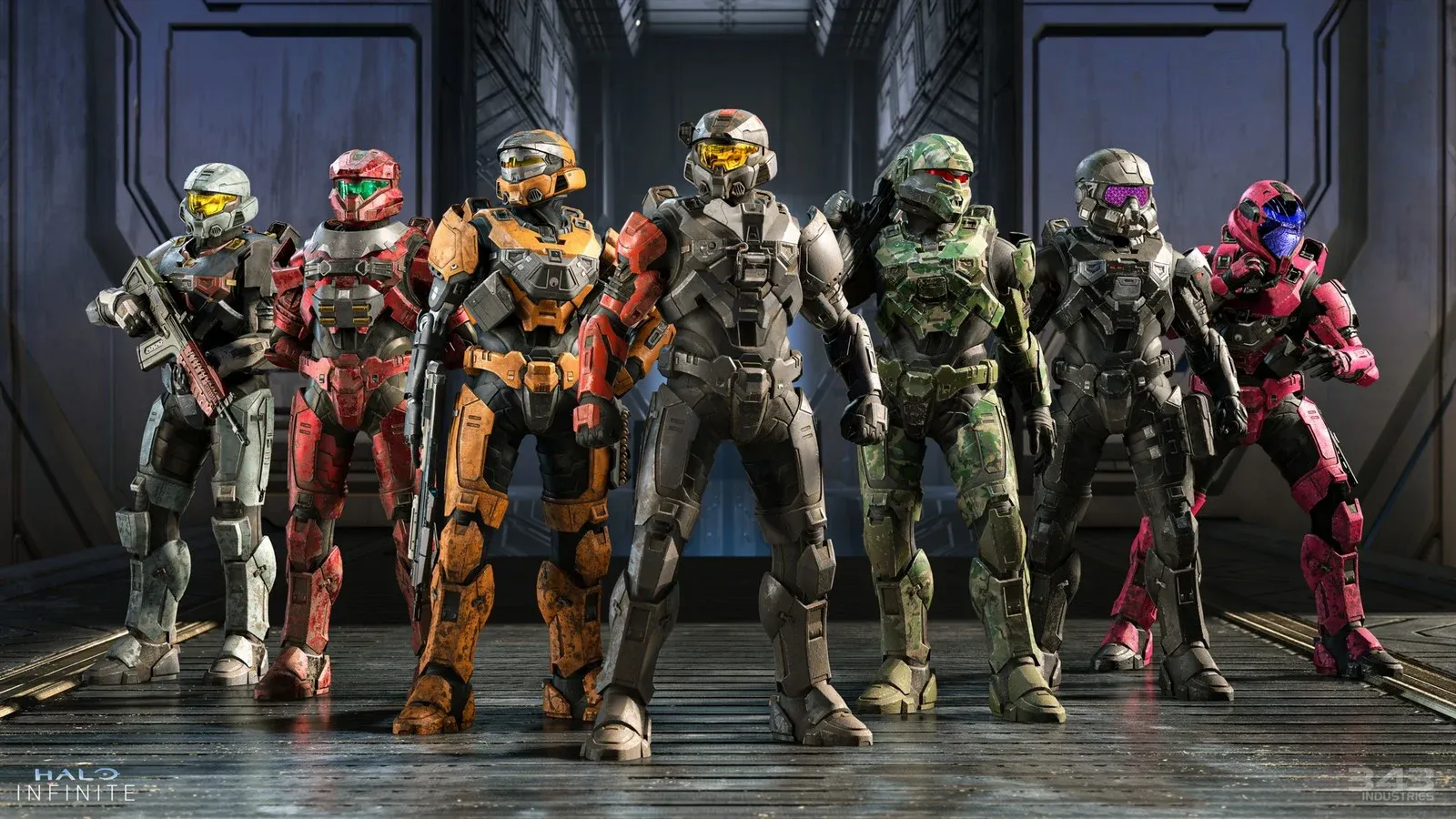
“Part of the issue is that players and QA – especially QA – are dicks and they will do whatever they can to break your game. If you make something with a ton of dynamic objects, they're going to make a massive pile and lob a grenade into it, or stack chairs in front of the door that the AI comes out of, etc. All of these things have to be accounted for and fixed somehow. You can ignore them to a degree, but someone will invariably do it by accident for real – dynamic stuff blocking doors is a killer. And doors are already bad enough, as well you know. I should probably include the usual caveat that this sort of thing varies depending on the engine and so forth, but I'm pretty sure the general principle holds.”
So there you have it – do you want a game where bits of fruit potentially tank your frame rate and get stuck in doorways, barring entry, or do you want a smooth Halo experience? I know which one I’d prefer, and it ain’t exploding melons.
Next: Gareth Coker On Ori, Halo Infinite, And What It Takes To Make "Great Game Music"
